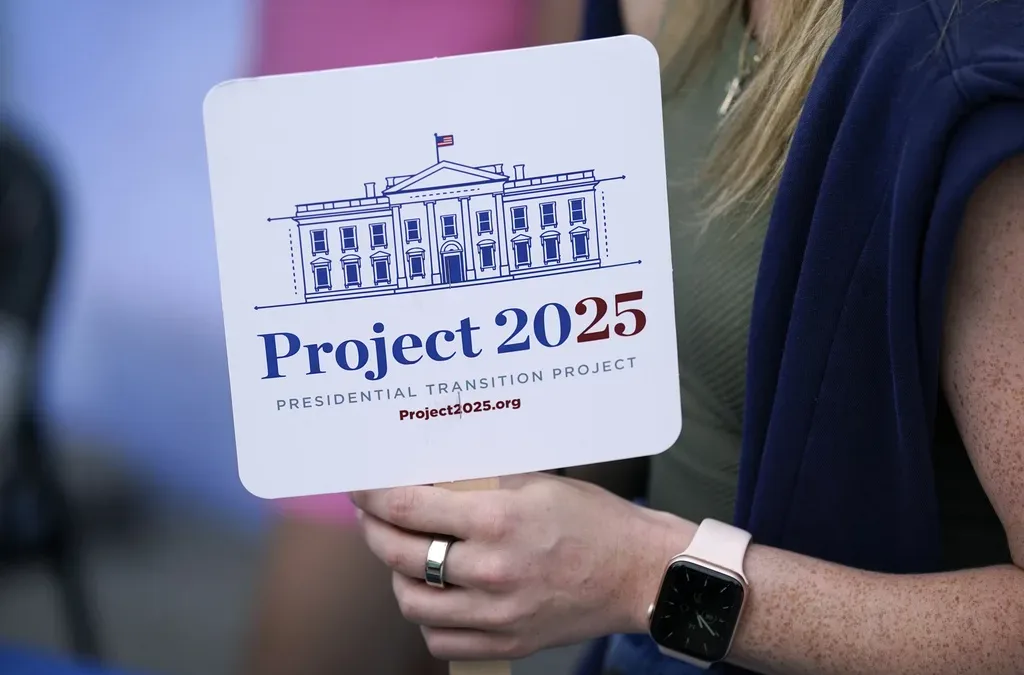Getting medicine to victims of the opioid epidemic in Virginia is not a problem of drug availability, it’s a race against time. That’s why Dr. Joseph Ornato and engineering students at Virginia Commonwealth University are working to cheat time by developing a program where naloxone, an antidote to opioid overdoses, will be delivered via drone.
First responders in Richmond are already among the fastest in the country, but when it comes to rescuing someone who just overdosed on an opiate, every second counts. By the time they get the call, dispatch a unit, weave an ambulance through congested roads, arrive at the scene, unload their gear and initiate care, it’s often too late.
“Time is the enemy,” Ornato, medical director of the Richmond Ambulance Authority, said in an interview with The Richmond Times-Dispatch.
An opioid overdose often leads to cardiac arrest, and that threat has grown as drugs like heroin are more frequently laced with Fentanyl, which is 50 to 100 times more potent than morphine. Every minute that goes by before paramedics or others can attempt resuscitation, an opiate overdose victims’ chance of survival decreases by 10 percent.
But in Ornato’s vision, 911 dispatchers could pilot a drone carrying a nasal spray with naloxone to the scene of an overdose in less than two minutes. Then, the caller, guided by the dispatcher, could administer the treatment to begin reversing the effects of an opioid-induced heart attack. When the ambulance arrives 8 to 10 minutes later, the victim would ideally already be revived.
Three to four drones could begin flying in Richmond as soon as 2020 as part of a pilot program.
“It turns out that with just three or four drones, we could have the drone land at the bystander caller’s location in a median time of 43 seconds after the dispatch,” Ornato told the RTD. “And the maximum time would be less than one minute and 20 seconds.”
By Ornato’s estimates, drone-delivery could increase the chance of surviving an overdose by as much 80%.
In 2018, emergency personnel at the Richmond Ambulance Authority administered 894 doses of Narcan, a brand-name version of naloxone, by ambulance, a process that takes about 10 minutes. Shaving time off ambulance delivery traditionally requires buying more ambulances, which can cost $150,000 to $200,000.
“You’re talking millions and millions of dollars just to reduce the response time by a minute,” Ornato said. “And we’re talking a $5,000 to $10,000 drone that will reduce it to two minutes or less.”
Commercial drone use is strictly regulated, and Ornato’s drones can not fly under current law. However, state and federal lawmakers’ are actively working on cutting red tape around commercial drone use as more companies seek to use unpiloted, toy-sized aircraft for everything from delivering packages to monitoring wildlife.
The fact that Ornato’s drones will be carrying packages that weigh a quarter-pound or less eases the regulatory burden, meaning they’re more likely to be approved for use than drones hauling a loftier cargo.
Ornato’s credentials also work to his favor. He’s not just a tech-savvy doctor; he’s also a licensed pilot and he already has someone willing to train the 911 operators to fly the drones.
As Ornato pushes his program forward, the opioid epidemic will continue its deadly spread across the state.
More than 9,100 people have died from an opioid overdose in Virginia since the Commonwealth began tracking the death toll in 2007, according to the RTD. In Richmond, the rate of overdose deaths has been two to three times higher than the state average in each of the past five years.
From 2006 to 2012, there were more than 1.5 billion prescription pain pills supplied to Virginia, according to Drug Enforcement Agency data compiled by the Washington Post.
Over the same period, two Richmond drug stores, Neighborcare and Westbury Pharmacy, supplied over 13 million of those pills. Using 2012 population estimates, that’s about 62 pills per person, from just those two retailers.
Politics

Biden marks Earth Day by announcing $7 billion in solar grants
The Biden administration on Monday announced the recipients of its Solar For All Program, a $7 billion climate program that aims to lower energy...

6 terrifying things that could happen if the Comstock Act is used to target abortion
Does 1873 sound like a really, really long time ago? Well, that’s because it is—but if Republicans and far-right anti-abortion activists have their...
Local News

Virginia verses: Celebrating 5 poetic icons for National Poetry Month
There’s no shortage of great writers when it comes to our commonwealth. From the haunting verses of Edgar Allan Poe, who found solace in Richmond's...

Join the fun: Recapping Family Literacy Night’s storybook adventures
When’s the last time you read a book aloud with a loved one? If it’s difficult to answer that question, then maybe it’s time to dust off that TBR...







